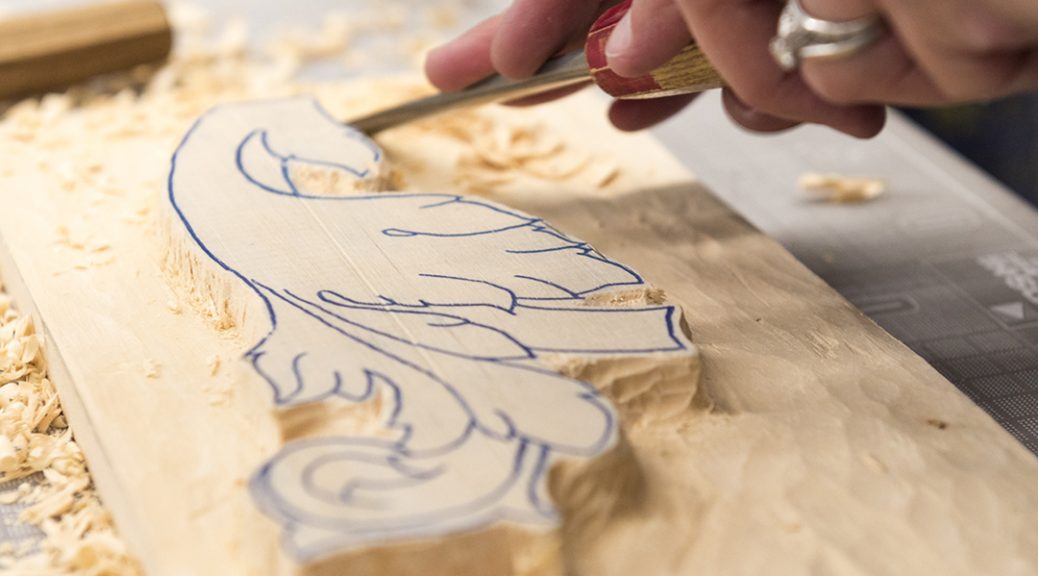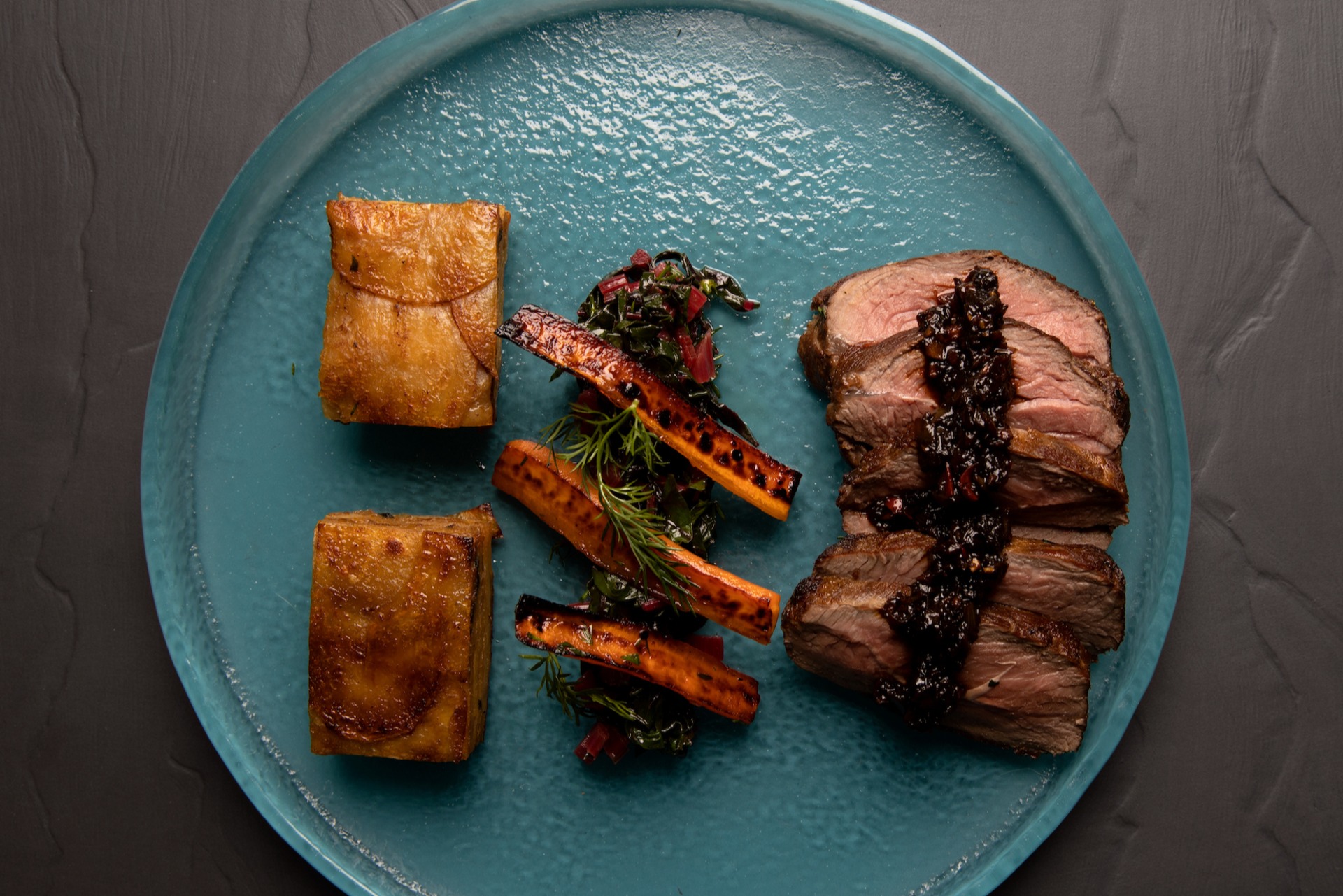Words by Tehya Nicholas Images supplied
Everyone loves a white Christmas, but we Aussies rarely get to experience it the way our European friends do. Unless you head to Ballarat from June 24.
Victoria’s most popular living museum, Sovereign Hill, is once again hosting its Winter Wonderlights Festival: a three-week bright, white Christmas-themed extravaganza.
Just 90 minutes from Melbourne, it’s the perfect spot to take the family for the school holidays – and don that daggy Christmas sweater you’ve been saving.
Christmas in July
Imagine cosying up by the fire, drinking a mug of hot chocolate while fairy lights twinkle nearby. Sound good?
Now add a brilliant light show illuminating a century’s-old Gold Rush museum into the picture.
You’re starting to get an image of Sovereign Hill’s Winter Wonderlight Festival.
From 24 June to 16 July, the Sovereign Hill streetscape will transform into a snow and light-filled space, sure to dazzle visitors from young to old. There’s a bustling schedule of family-friendly daytime and night-time activities, opportunities to meet Saint Nicholas himself, and enough Christmas-themed treats to last the year.
With so much on offer, we thought we’d give you our pick of the activities. So you can worry less about scheduling – and focus more on merrymaking.
Bright lights, little city
We must begin with the hero of the festival: the light show!
Each night after sundown (around 5.30 pm), Sovereign Hill’s Main Street transforms into a rainbow of light and imagery. Designed in tandem with Electric Canvas – the team behind much of Melbourne’s White Night – these displays are nothing short of magical.
Candy canes twinkle above an antique sign. Neon bows loop and unloop on a tin veranda. Paired with the Christmas carols echoing through the street and faux snow pluming into the air, it’s a feast for all the senses.
The projections finish at 7 pm and can be very busy. So we recommend starting at the top of the hill and meandering through Main Street towards the exit rather than away. You’ll dodge the big crowds and enjoy a better view.
Warm up your winter with these old-school activities
A regular day pass will buy you all day and night access to the museum. That means you can enjoy plenty of daytime activities and the light show for one affordable price.
Famous for its Gold Rush character, Sovereign Hill has ample activities for the whole family. From candle-making and horse and cart rides to gold panning and lolly eating – you could easily spend three days at the museum and still have more to see.
If you’re travelling with children, you can’t miss the gold panning. We recommend bringing gumboots because things can get wet as you sift through the mud for the treasures.
Once you’ve exhausted the pan, stop by the lolly shop, Brown’s Confectionary, to taste its famous boiled raspberry drops. Handmade to a traditional recipe, these treats are especially sweet in winter.
Continue the shopping spirit with a stroll through the European-inspired Christmas Market. Grown-ups looking to imbibe can warm up with a mulled wine. And there’s gingerbread for the little ones.
Costumed characters walk around throughout all areas, performing pantomimes and interacting with guests. You can find Saint Nicholas and ask for a photograph if you’re lucky. These actors are the final flourish of a very immersive experience.
You can also head to the Victoria Theatre on-site to watch a scripted theatre performance, which we hear is Christmas themed too. A carefully created replica of the eponymous 1850s Ballarat theatre, the space and the stories told there transport viewers to a bygone era.
Our tips for a smooth stay
The Winter Wonderlight Festival is extremely popular, with tickets selling out quickly. So your best move is to plan your trip and book early.
Here are our top tips to ensure your visit is fun and friction-free.
- Book early: We can’t say it enough. Tickets are available now via the Sovereign Hill website. A wide range of access is available, from single to family passes.
- Rug up: It’s no secret that Victoria’s Central Highlands get cold. The days in Ballarat average 10 degrees, so be prepared for even chillier nights.
- Make a weekend of it: Because the light show is only visible at night, it’s a good idea to book an overnight – or weekend – stay. There are plenty of accommodation options in nearby Ballarat. And if you want to continue the historical theme, BIG4 just opened a holiday park next to Kryal Castle.
- Reserve a table: The restaurants inside Sovereign Hill tend to fill up early. So if you’re looking to eat on-site, call or pop in ahead of time to book your seats.
- BYO marshmallows: There are places to roast them, but sadly no places to buy them. You will be the envy of everyone there.
THE DETAILS
WHAT: Winter Wonderlight Festival
WHERE: Sovereign Hill Museum, Bradshaw St, Golden Point
WHEN: 24 June – 14 July 2023
MORE INFO: Book your tickets here
We wish to acknowledge the Wadawurrung people as traditional owners of this land and to pay our respects to their Elders, past and present.
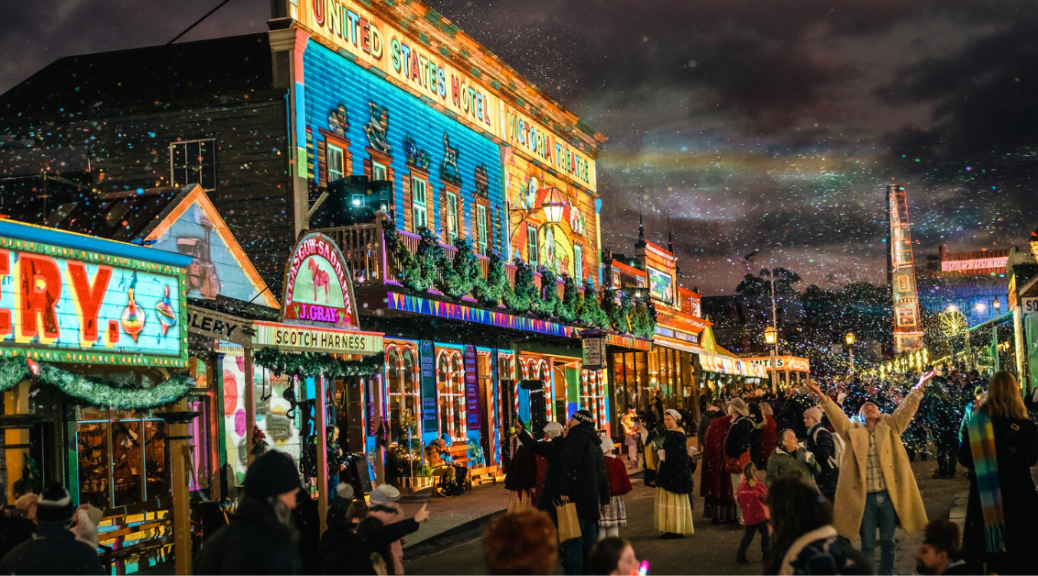



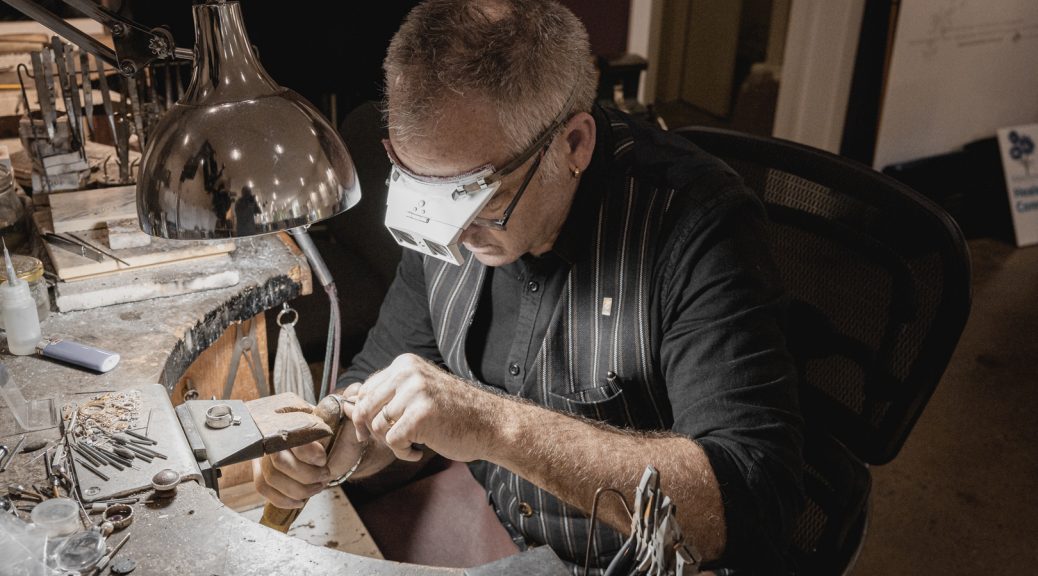
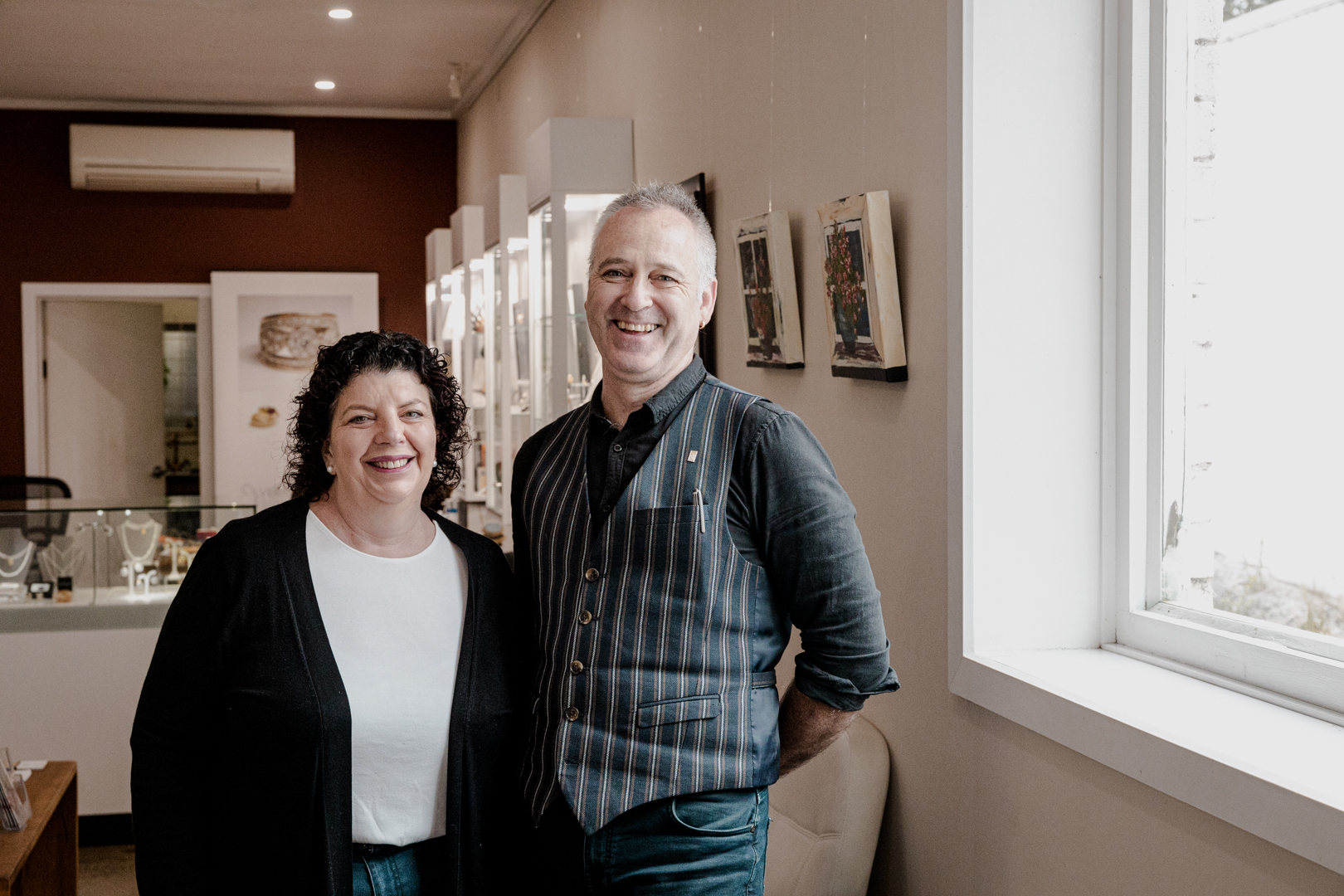
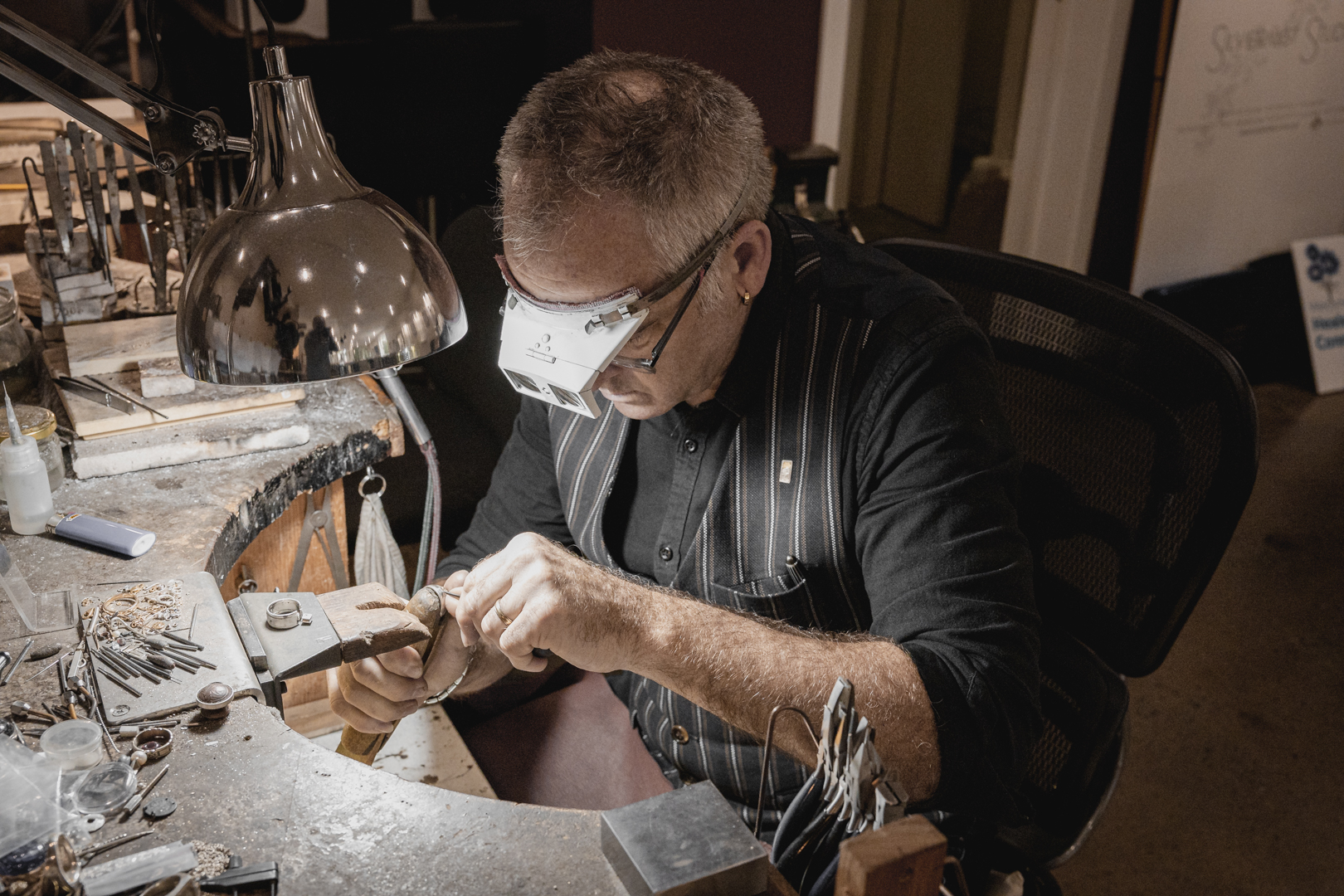
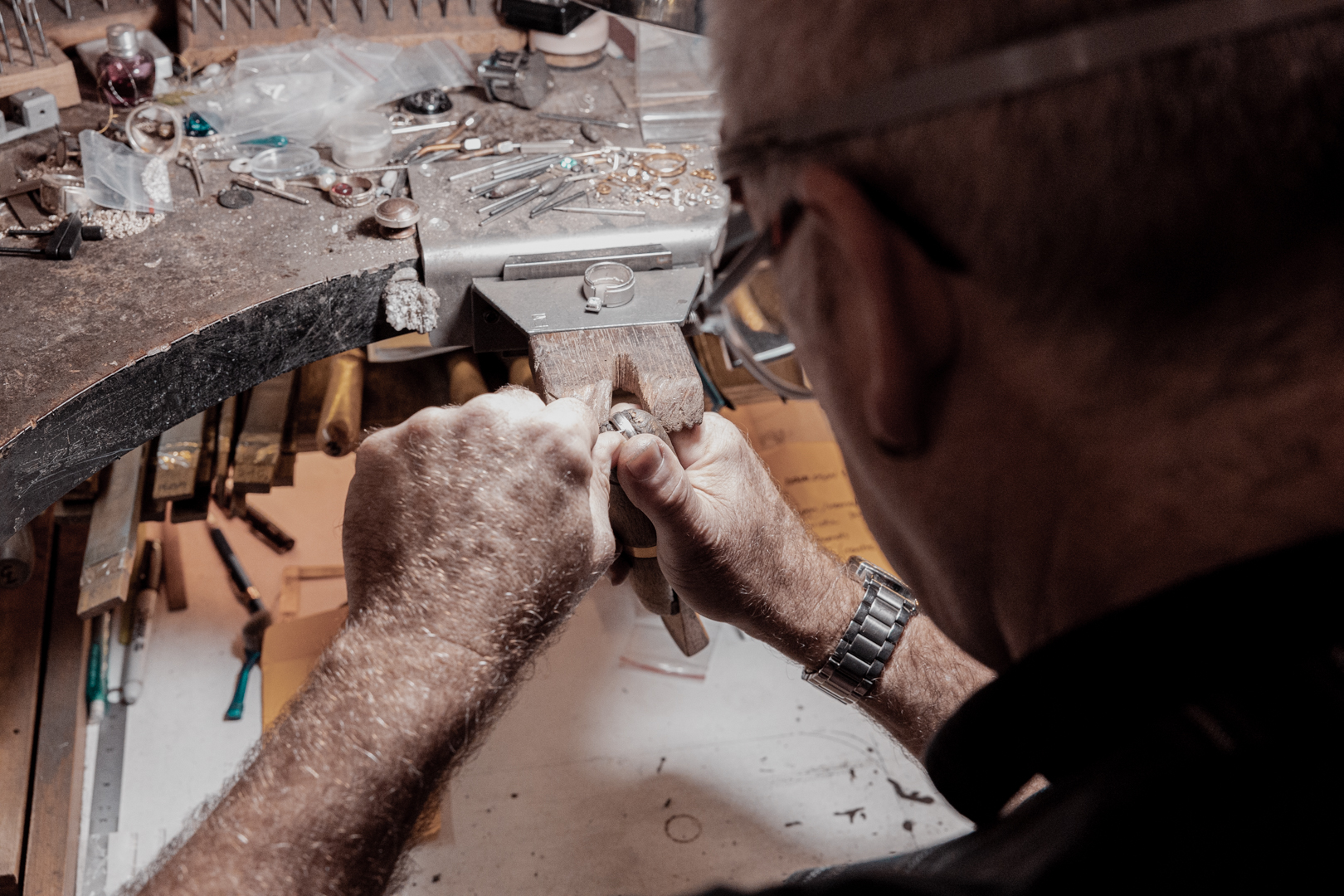
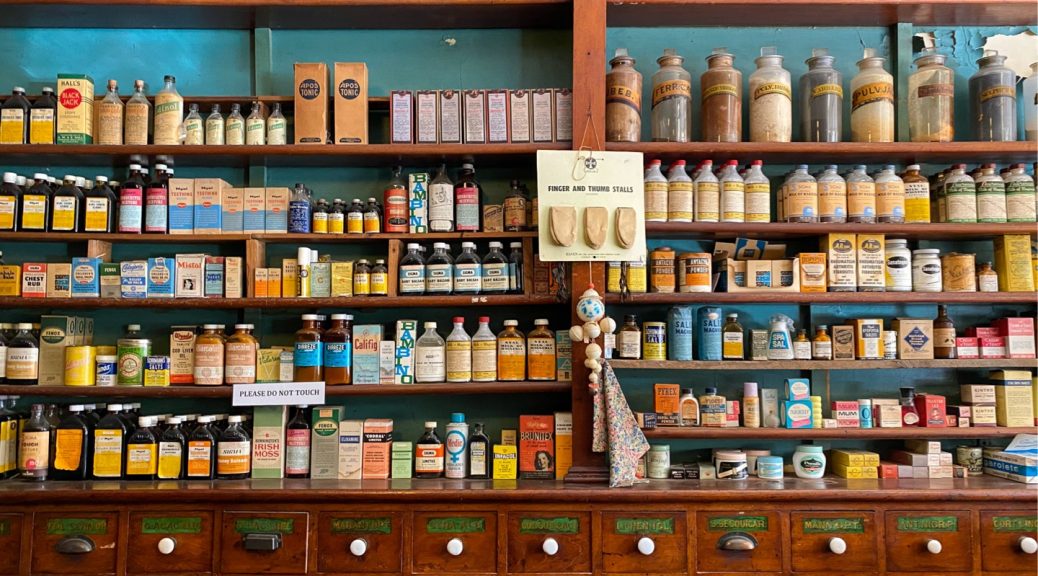
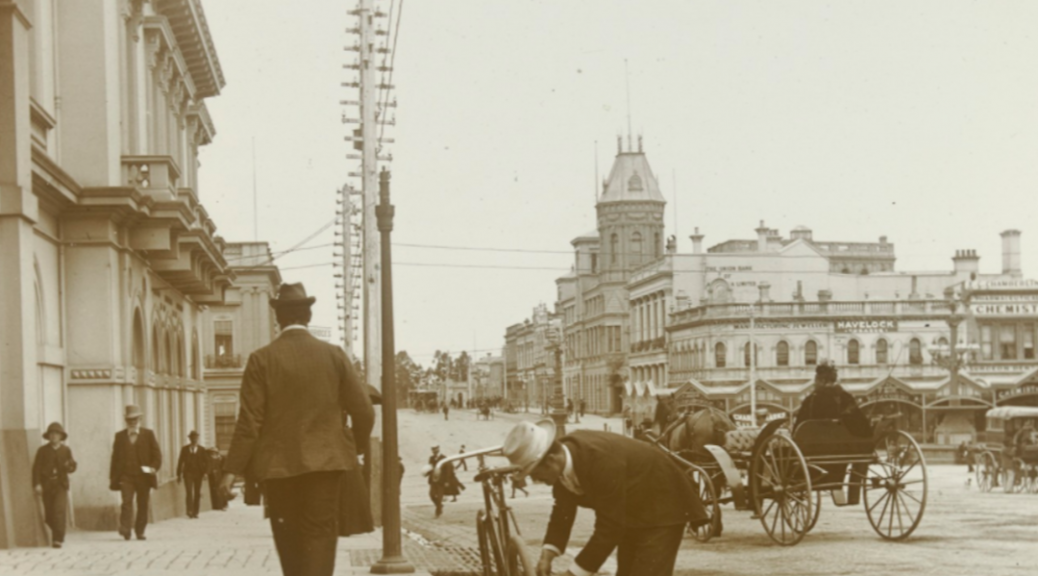
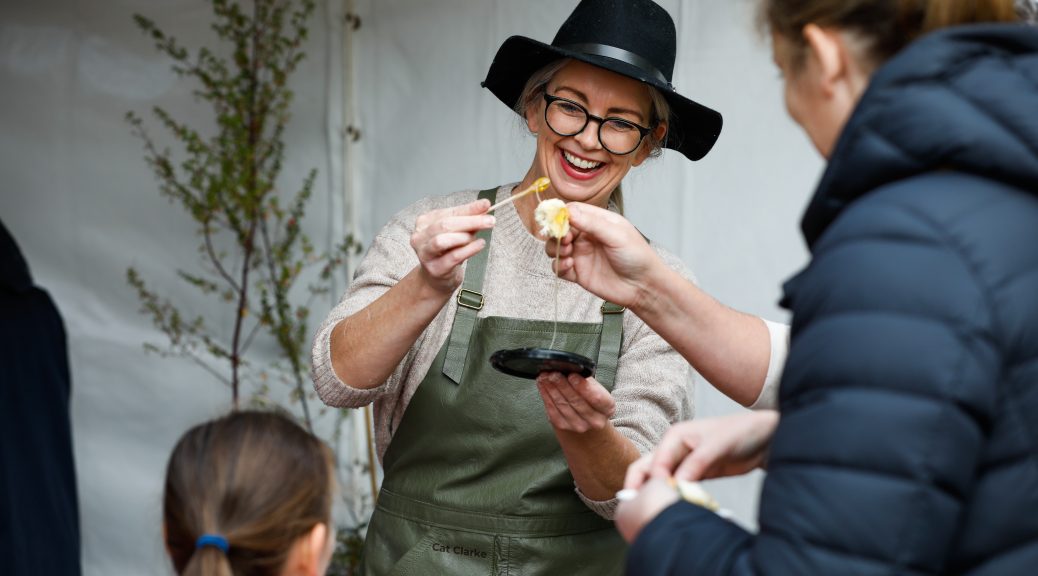
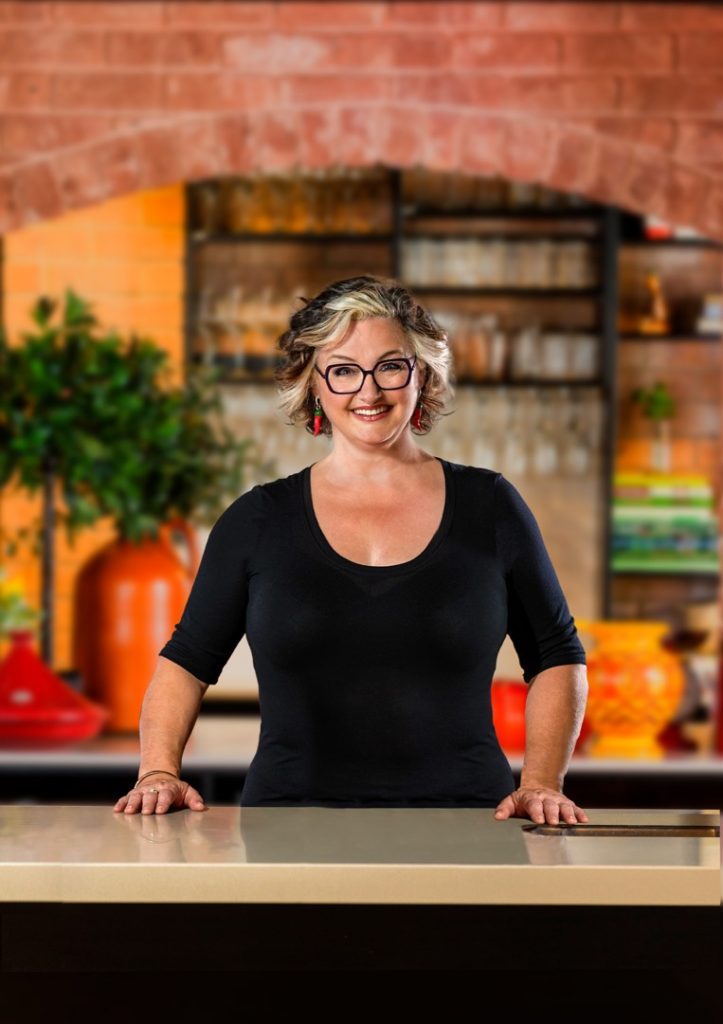 Prepare to be dazzled by some of the brightest Australian chefs – Julie Goodwin, Darren Purchese and Tim Bone. Exclusive meet-and-greets aside, these kitchen virtuosos will grace the festival across the weekend in several engaging events.
Prepare to be dazzled by some of the brightest Australian chefs – Julie Goodwin, Darren Purchese and Tim Bone. Exclusive meet-and-greets aside, these kitchen virtuosos will grace the festival across the weekend in several engaging events.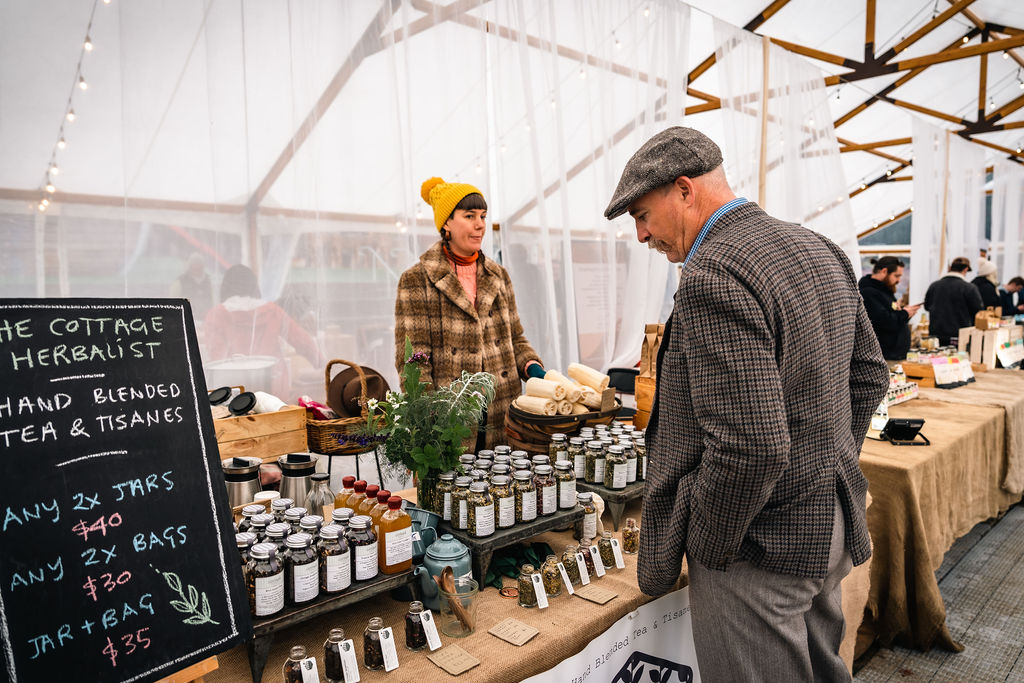 The festival proudly showcases over 30 producers and artisans, turning Sovereign Hill into a paradise for food lovers.
The festival proudly showcases over 30 producers and artisans, turning Sovereign Hill into a paradise for food lovers.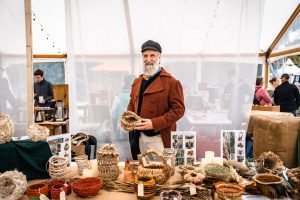 Heritage Harvest Weekend offers more than just a taste of the past. You can join in various rare trade activities that celebrate the goldfields’ cultural diversity and rich history.
Heritage Harvest Weekend offers more than just a taste of the past. You can join in various rare trade activities that celebrate the goldfields’ cultural diversity and rich history. In true Sovereign Hill style, the Heritage Harvest Weekend has plenty for the little ones.
In true Sovereign Hill style, the Heritage Harvest Weekend has plenty for the little ones.